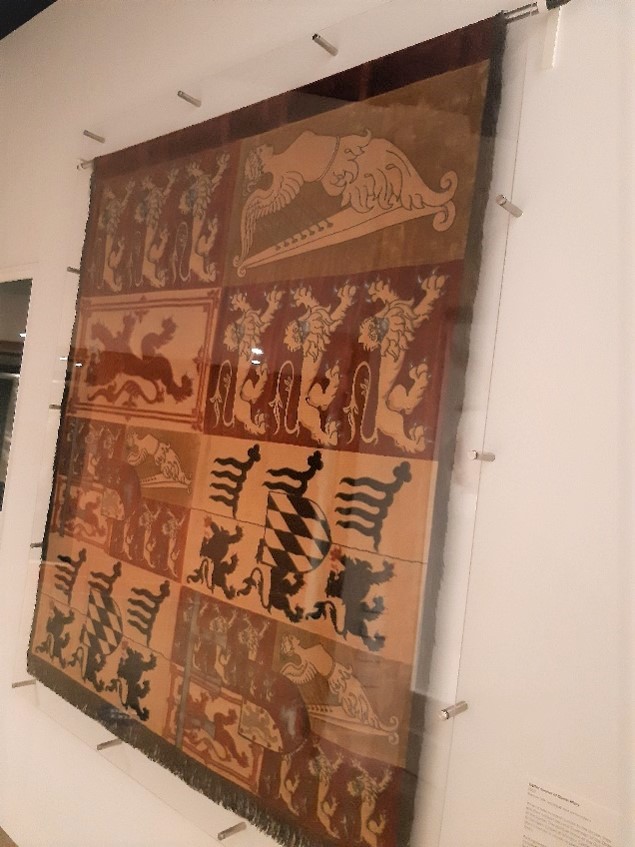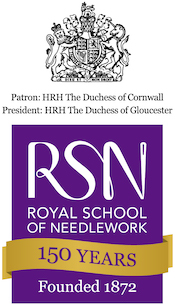Chief Executive's Blog
Keep up to date with all the latest from Chief Executive, Dr Susan Kay-Williams
The Fashion and Textile Museum Exhibition

08/04/2022
It was a very exciting and almost surreal evening on 31 March when we finally opened the RSN 150 exhibition at the Fashion and Textile Museum. I have to confess to being a little bit emotional. This exhibition had been a long time in the planning.
The FTM team worked very hard to install it all to my vision as guest curator but of course practicalities also came into play when things arrived that were a different size to that notified and or had to come late. In fact the last loan was only agreed a couple of weeks before it had to be delivered. Then the challenge was to bring together so many disparate pieces which had different frames and many very different sizes into one coherent exhibition, but the FTM team did it. Together, the objects give a fascinating history of the RSN and all the various routes our work, commissions, teaching and partnerships have taken over the last 150 years. The exhibition truly reflects the RSN values of Quality, Tradition and Innovation.
One of the reactions I hope for from visitors is surprise, that there will be some object, or some area of work that surprises people, whether that is the lingerie section, the pictorial samplers for George V, Edward VIII and George VI in the mid 1930s or perhaps the work of recent degree students. Or perhaps it might be in the details such as designs for piano covers or the sheer size of Queen Mary’s Garter Banner.
Then there is the most recent piece in the RSN Collection – not something made recently but a panel worked in 1889 (see picture above). This piece came back anonymously just a couple of months ago. This is very much in the tradition of the RSN that when we announce an exhibition one or more pieces come in or back to the RSN that are relevant to that exhibition. This started many years ago but continues to be true today. Just one look at this piece screamed art needlework and we were very happy to accept it into the RSN Collection and then put it on display. It features an iris and tulips worked in shading with some in silk shading and some in wool shading.
The final part that I am really pleased about is the references to mental health and wellbeing. The RSN has known this role for stitch since the First World War. We are showing some of what we did with and for the armed forces in the Second World War and occupational therapy. We are, though also aware of how much stitch has been crucial to supporting people’s mental health and wellbeing during the pandemic so we will be offering the opportunity for people to participate in stitch as often as we can through volunteers who will encourage visitors to have a go.
I hope all those who come will really enjoy their visit and spread the word to many others to come and have a look at the world of the RSN.
Dr Susan Kay-Williams
Chief Executive, RSN
